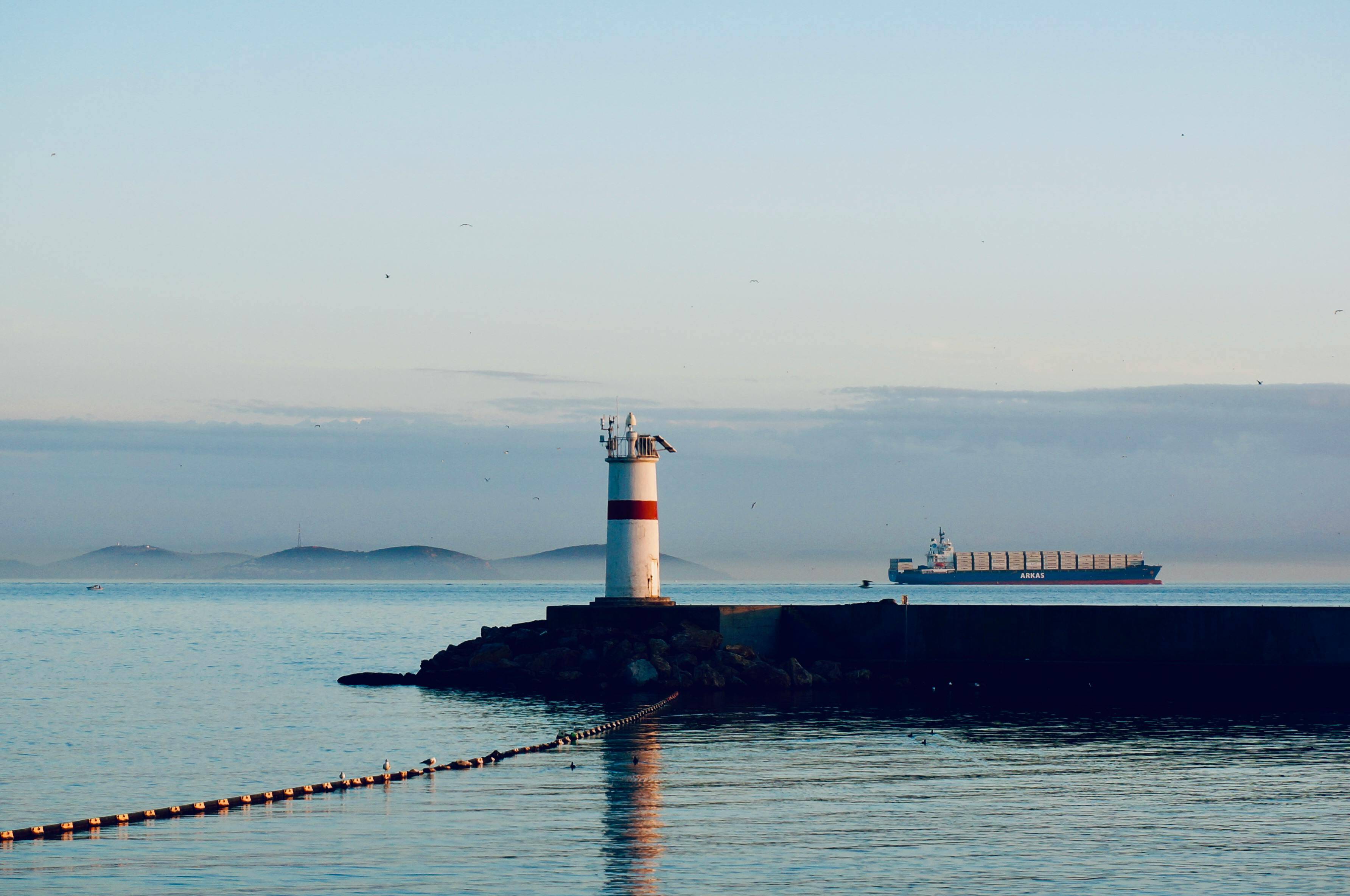In this project, we calculated the barehull resistance of the KRISO containership (KCS) in the cloud. The KRISO containership is a standard hull form frequently used as a benchmark case for computational fluid dynamics in the marine industry. Both basic hull form parameters and experimental results are available in published literature.
You'll Learn:
-
The mechanics of running a FINE/Marine simulation in the cloud and to assess the performance of the cloud compared to in-house hardware.
-
How to access the Simr Experiment in the cloud with NUMECA software pre-installed. No need to install or configure any software or hardware.
-
How to initiate the FINE/Marine cloud setup, uploading the project files, running the simulation and downloading the results.





